Category: Amazing Plants
-
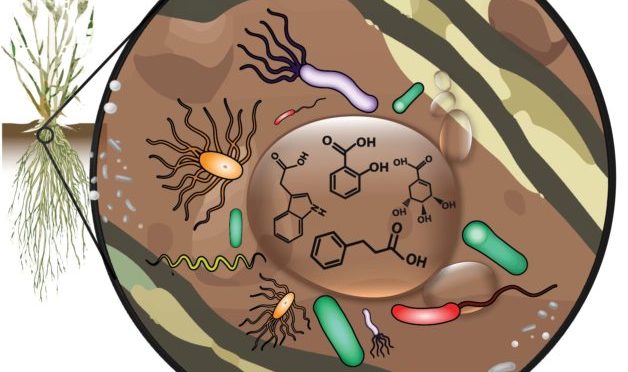
Plants Manipulate Their Soil Microbiome For Their Own Benefit
By controlling the types of microbes that thrive around their roots, plants could be trying to protect themselves from less friendly pathogens while promoting other microbes that stimulate nutrient supply. (Click on title for full story.)
-

Why Are Some Plants Rare? Look To Their Ability To Adapt To Soil Microbiome
Rare plant species suffer more from disease than commoner species. The fact that rare species are more susceptible to attack by micro-organisms living in the soil, such as fungi and bacteria, may in fact be one of the reasons they are rare. Biologists have been trying to work out why some species are rare, while…
-
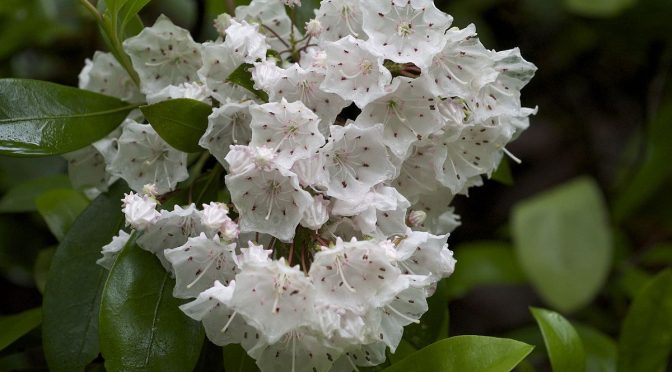
Leaving Nothing To Chance, Flower Uses Catapult To Hurl Pollen Onto Bees
Flowers are just about the last thing in nature you’d list as fast, but the mountain laurels’ filaments are an exception. The defining characteristic of the flowers, which are native to the eastern United States, is a series of 10 arms or filaments that act like catapults, flinging pollen into the air with startling speed.…
-
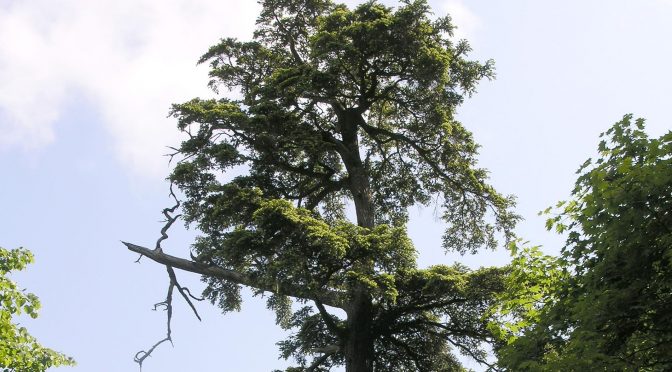
Newly Discovered Rare And Endangered Tree May Be Savior Of Its Insect Imperiled Cousins
It’s not every day—or even every decade—that a new species of conifer is found in the world’s temperate forests. But late last year, researchers announced a new species of hemlock tree from Korea, proving that even our best-studied forests still hold surprises. The new tree could help save one of its better-known cousins—a North American…
-
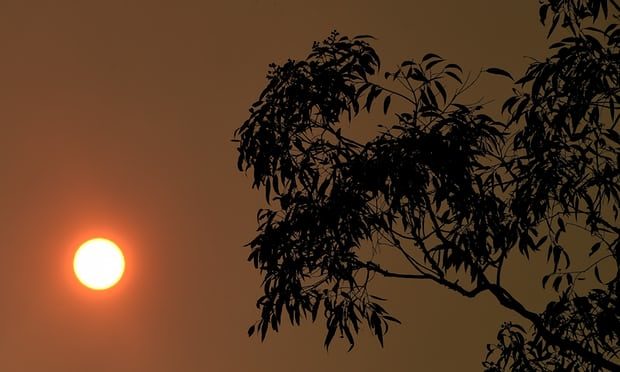
Overheated Australian Trees Rewrite The Book On Photosynthesis With Unique Self-Cooling Method
The year-long experiment showed that trees continue to release water through their leaves as an evaporative cooling system during periods of extreme heat, despite the carbon-fixing process of photosynthesis grinding to a halt. Previously, scientists believed that photosynthesis and transpiration – the process of releasing water – were linked, meaning one would not occur without…
-
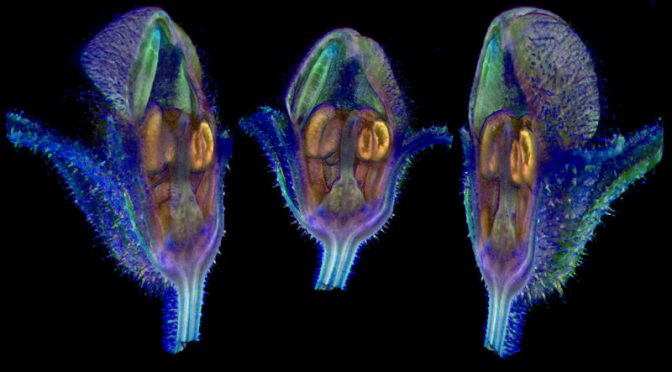
Botany 2.0 – New Technologies Revive Interest In Traditional Botanical Pursuits
Plant biologists hope that, by combining new approaches to botany with data from genomics and imaging labs, they can provide better answers to questions that biologists have asked for more than 100 years: how genes and the environment shape the rich diversity of plants’ physical forms. “People are starting to look beyond their own system…
-
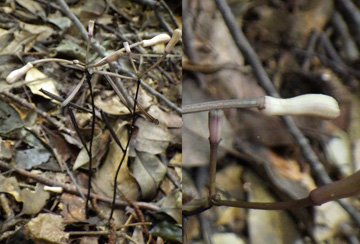
The Plant That Abandoned Photosynthesis And Cross-Pollination
As well as abandoning photosynthesis, the L. nigricans also self-pollinates – its flowers remain buds until they fall. Non-photosynthesizing plants such as L. nigricans often grow on the dark forest floor, an environment that bees and butterflies rarely visit. Because of this, L. nigricans and L. nigricans var. patipetala are both self-pollinating species. L. nigricans…
-

Photosynthesis On Earth Began 1.25 Billion Years Ago
To pinpoint the fossils’ age, the researchers pitched camp in a rugged area of remote Baffin Island, where Bangiomorpha pubescens fossils have been found There,despite the occasional August blizzard and tent-collapsing winds, they collected samples of black shale from rock layers that sandwiched the rock unit containing fossils of the alga. Using the Rhenium-Osmium (or…
-
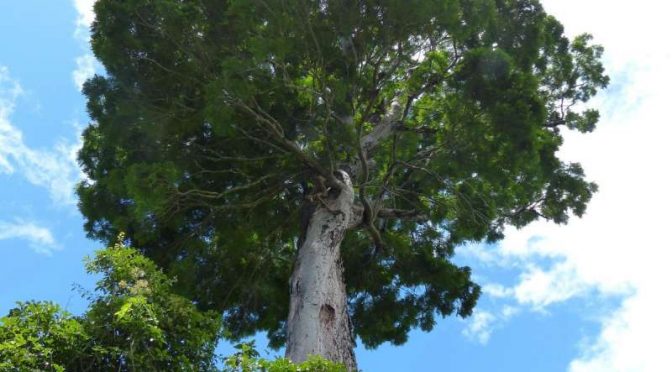
Weighty Discovery: Newly Discovered Brazilian Tree Species May Be World’s Heaviest Organism
Dinizia jueirana-facao grows in a narrowly restricted area of Atlantic forest in the Brazilian state of Espirito Santo. It is Critically Endangered – we know of only 25 of these trees in the whole world – a fact which helps to explain why such a majestic species has gone undiscovered and scientifically unnamed for so…
-

Plants, Choosing Adaptations That Will Lessen Reproduction, Benefit Their Community
“We looked at how chemical defense cues from plants, meant to deter herbivores, can also deter pollinators, The surprising model result is that while this can lead to fitness losses for individuals, the population effects can be positive for pollinators and plants under some circumstances.” (Click on title for full story.)
